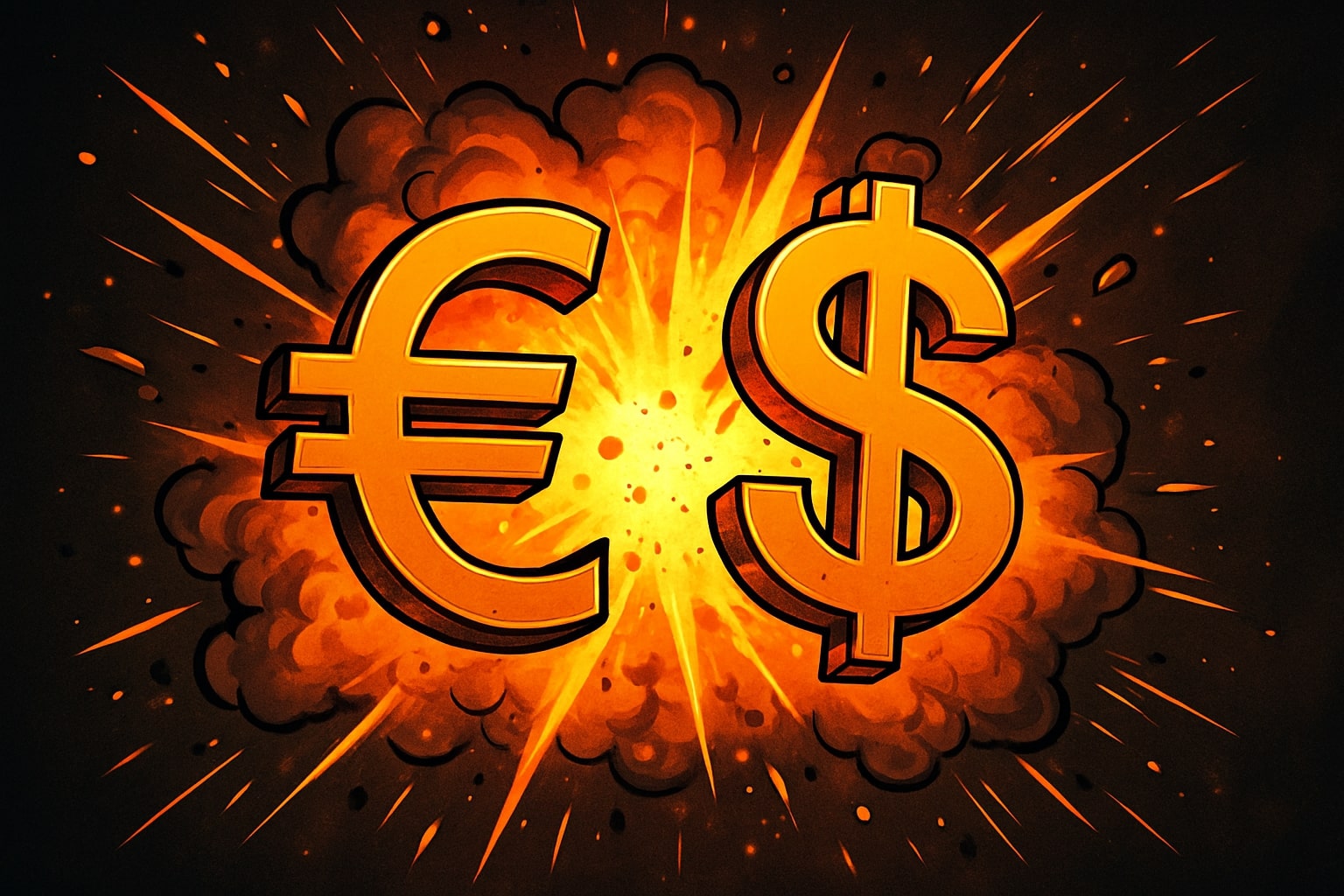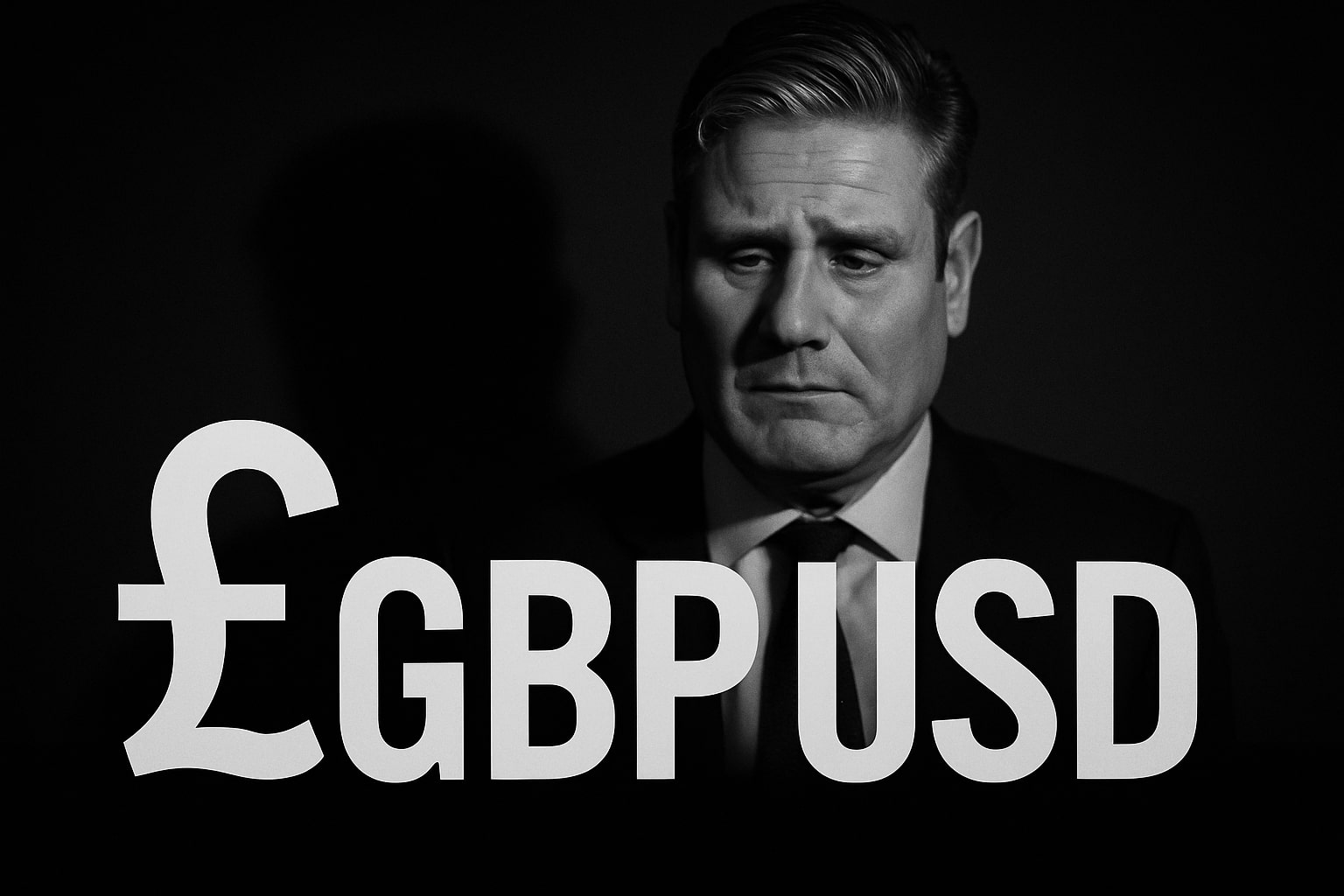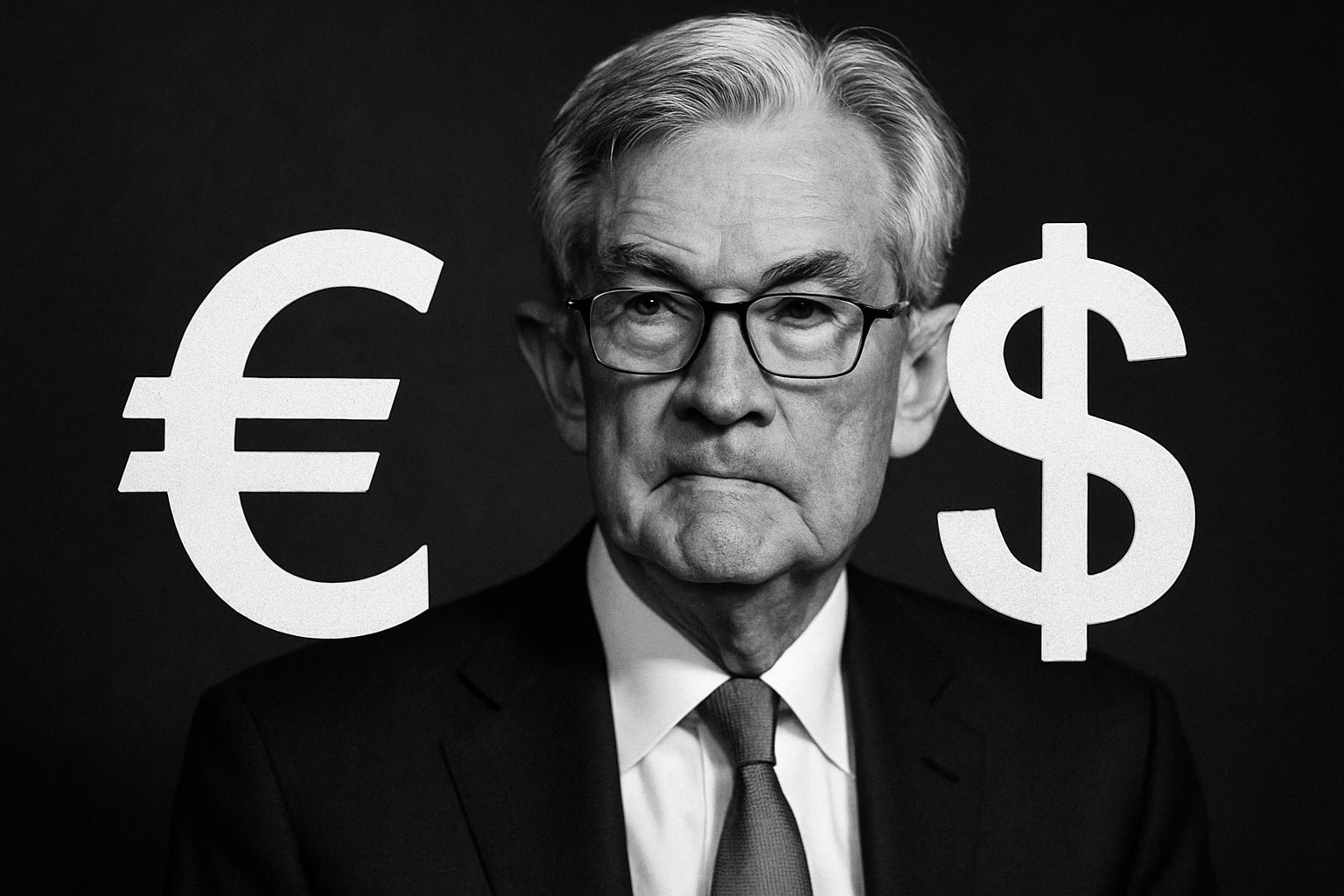EUR/USD Climbs Toward 1.1450 As Traders Brace For US CPI Shock
The EUR/USD pair held steady near the upper end of its recent range on Wednesday, trading around 1.1447, as currency markets remained on edge ahead of critical US inflation data. The pair has staged a strong rebound since testing lows near 1.1347 earlier this month, driven by a softer US dollar and renewed optimism about the eurozone economy. But today’s US Consumer Price Index (CPI) release at 8:30 a.m. Eastern (3:30 p.m. Egypt time) could determine whether the euro’s bullish momentum continues or stalls near resistance.
EUR/USD last touched its three-year peak at 1.1572 in April, and bulls are eyeing that level again if the CPI reading disappoints dollar bulls. Market forecasts call for a 2.5% year-over-year increase in US inflation, up from 2.3% in April. A hot print would likely reignite expectations of prolonged Federal Reserve hawkishness, while a downside surprise could open the path for fresh euro strength.
Trading Signals Highlight EUR/USD Breakout Risks
Current EUR/USD trading signals reflect the market’s nervous balance ahead of the CPI trigger. Longs are positioned from 1.1340 with targets at 1.1420, and stops at 1.1300 to manage downside risk. Conversely, bears are waiting to sell near the 1.1480 resistance, eyeing a sharp pullback to 1.1200 should US yields spike, with stops at 1.1540 in case of a breakout.
Intraday price action is defined by bullish momentum on the daily chart, with the 14-day RSI hovering near 60, showing strong but not yet overbought conditions. The MACD also remains in positive territory, reinforcing the pair’s bullish technical bias.
European Central Bank Shifts Tone As Growth Beats Expectations
Fundamentally, the euro has benefited from improving eurozone data and a more nuanced tone from the European Central Bank. Last week, the ECB executed its eighth consecutive rate cut, trimming the deposit facility rate to 2%, while signaling the easing cycle may be nearing its end. ECB Governor Christine Lagarde’s cautious messaging helped temper euro downside risk, while Governing Council member François Villeroy de Galhau suggested further flexibility remains if needed.
Eurozone inflation cooled to 1.9% in May, comfortably below target, while GDP grew 0.6% in Q1 2025 — the region’s fastest quarterly expansion since late 2022. This resilience has given the euro fresh support against a USD increasingly weighed by US political and fiscal uncertainty.
Goldman Sachs Raises EUR/USD Price Targets On Structural Dollar Weakness
Institutional flows are further reinforcing bullish EUR/USD positioning. Goldman Sachs this week upgraded its EUR/USD forecasts to 1.17 over three months, 1.20 over six months, and 1.25 over 12 months — significantly above its prior 1.12/1.15/1.20 targets. The rationale lies in structural shifts: euro-based investors are seeing US equities down 8% YTD in euro terms, prompting capital reallocation, while US economic activity continues to decelerate.
Goldman’s house view remains structurally bearish on the USD, citing declining foreign appetite for US assets and global capital moving toward eurozone and emerging markets. With the Fed signaling caution, and geopolitical risk premium waning, the euro remains primed to benefit.
US CPI Print Holds The Key To Near-Term EUR/USD Direction
Technical traders are watching the current EUR/USD opening range for June closely. The pair has yet to decisively clear resistance at 1.1495, nor break below its monthly low of 1.1347. The 50-day simple moving average (SMA) at 1.1283 continues to provide medium-term support.
A hot CPI print could drive a bullish USD spike, threatening EUR/USD downside toward 1.1260-1.1280, or even 1.1170 if selling accelerates. Conversely, a soft inflation reading could trigger a swift test of the April high at 1.1573, with 1.1617 (November 2021 high) the next major resistance level.
Traders are also watching the US Dollar Index (DXY), currently trading near 99.39, compressing within a wedge pattern. A break above 99.66 could spark renewed USD strength, but failure would reinforce downside risks.
US-China Trade Progress Adds Tailwinds To EUR/USD Bulls
Broader macro drivers also support the euro’s recent resilience. US-China trade talks have progressed, with both sides agreeing to implement the Geneva Consensus, easing global trade tensions. While final approval from President Xi and President Trump remains pending, the cooperative tone has reduced market anxiety and undercut demand for USD safe-haven positioning.
Stable US Treasury yields — 4.01% on 2-year notes, 4.46% on 10-year notes — suggest cautious investor positioning ahead of today’s CPI catalyst.
EUR/USD Range-Bound But Primed For Breakout
The EUR/USD chart reflects a classic tension between bullish trend structure and macro event risk. The pair is currently consolidating between 1.1405 and 1.1457, with trendline support intact. The 50 EMA at 1.1413 and 200 EMA at 1.1367 confirm medium-term bullish structure, while a breakout above 1.1457 could open a fast move toward 1.1495 and beyond.
However, failure to defend 1.1405 would likely see selling pressure intensify, with 1.1372 the first target below trendline support. Momentum remains bullish unless today’s US inflation print surprises sharply to the upside.
EUR/USD Trading Bias And Final Verdict
After fully analyzing the technical, fundamental, and positioning factors, I maintain a Buy bias on EUR/USD for now, with a tactical target at 1.1570, provided today’s CPI does not significantly exceed expectations. Structural euro strength is supported by macro divergence, ECB policy clarity, and USD headwinds. However, stops should remain tight below 1.1370, given the event-driven nature of current markets.
Bulls should look to build positions on dips toward 1.1400, targeting a breakout toward 1.1570-1.1617 in the coming weeks. Bears remain sidelined unless 1.1347 is broken decisively.
Verdict: Buy EUR/USD on dips toward 1.1400 with targets at 1.1570 and stops below 1.1370.




















